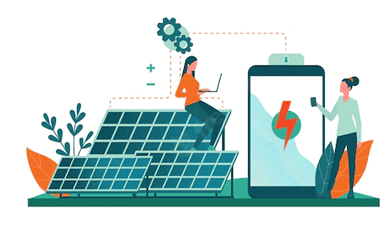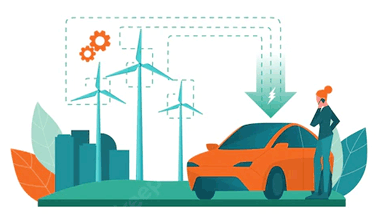Ensuring climate change resiliency across financial systems
GreenCap is a Risk as a Service (RaaS) solution that provides banks the capacity to understand additional credit risks they face in a new global ‘green’ economy. Combining science and traditional banking metrics, the solution gives a unique ability to measure, monitor, and report climate change risks to banks.

GreenCap is a Risk as a Service (RaaS) solution for banks navigating the transition towards a greener global economy. The solution uses pathways from respected bodies such as the Intergovernmental Panel on Climate Change (IPCC), along with costs from the Network for Greening the Financial System (NGFS), to create scenarios that can be applied to a bank’s balance sheet.
GreenCap gives banks the capacity to use these scenarios to evaluate the likely impact of green transition on credit facilities they provide. This is represented by the increase in the risk capital or Risk-Weighted Assets (RWA) that will be needed to be held by the bank to cover ‘unexpected losses’ arising from affected obligors. Additional risk capital can then be translated into pricing spreads that reflect the increased credit risk properly.
GreenCap has been built from the ground up to fill a gap in the risk management market.
As the transition from a ‘brown’ to a predominantly ‘green’ economy occurs, sectors and firms will see their credit risk change dramatically. Previously subsidized industries will find themselves competing, without assistance, for a share of a diminishing market, at the same time, as new technologies and investments are de-risked by government policy and direct support.
This economic evolution is happening after a decade of change in the banking industry, with the introduction of specific rules and reporting regulations. These are explicitly designed to maintain liquidity in the financial market through increased prudence around risk monitoring, management, and capitalization. From Dodd-Frank in the US and ECB liquidity stress tests to accounting standards such as CECL and IFRS9, regulators have forced banks to assess forward-looking credit risks and hold funds to cover them appropriately.
There is requirement for greater liquidity and an unprecedented economic paradigm shift. Banks are in a position where the data they need to estimate future risk capital relates to past financial cycles, which are irrelevant, needing instead, to be based on emerging climate science.


GreenCap allows banks to view their current loan book using the accepted scientific pathways and policy promises. Specifically designed screens can be used for internal and external stakeholder reporting and risk governance, enabling banks to satisfy the conditions required for ‘Responsible Banking’ as defined by the UN. In traditional banking terms, targets can be set that bring climate change risks into the three lines of defense, from a measurement, monitoring, and reporting perspective.
An important feature of GreenCap is that it augments, rather than replaces, existing risk management systems, and as such does not require extensive changes to risk frameworks that have been built up, in many banks, over decades.
GreenCap is also completely turnkey for current Finastra clients. The integration has been built using the FFDC framework, meaning that the implementation of the solution is weeks rather than months. This empowers banks to build climate change into their strategies and become risk-led agents of change as the green transition begins, reaping all of the benefits that early action in the area of sustainable finance offers.

